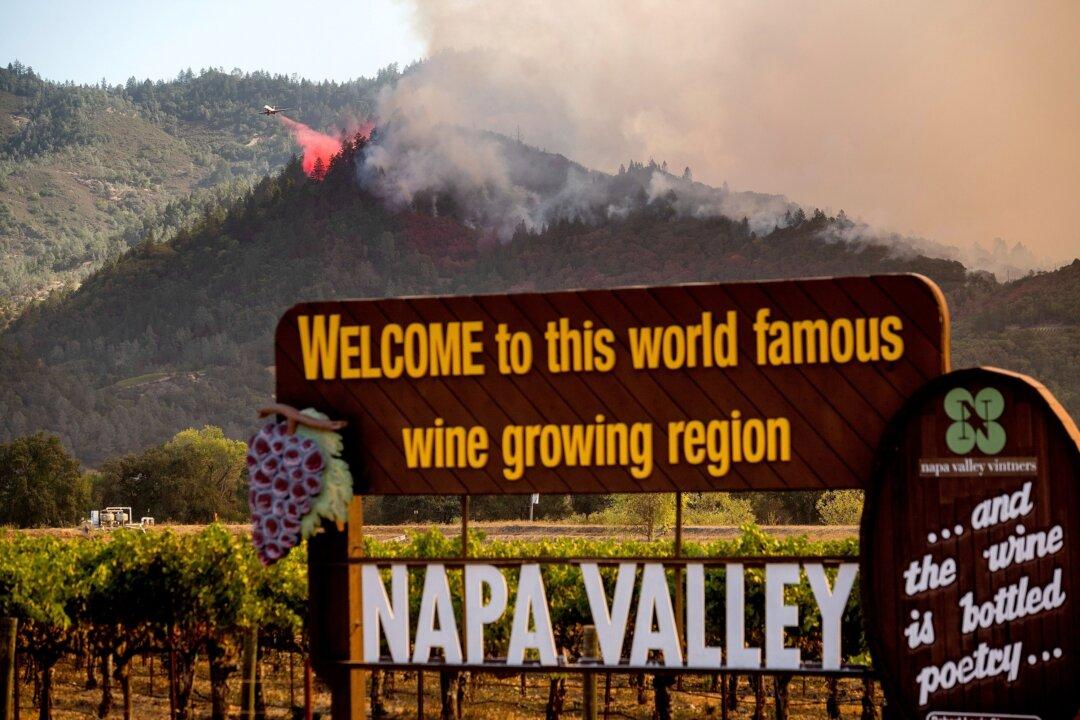With California moving into peak fire season, the California Department of Forestry and Fire Protection (CAL FIRE) has partnered with the University of California San Diego’s ALERTCalifornia program to use artificial intelligence for early detection of wildfires.
CAL FIRE stated in a news release on July 10 that its goal in the collaboration is to improve overall firefighting capabilities and to quicken the response time from the firefighters on the ground.





